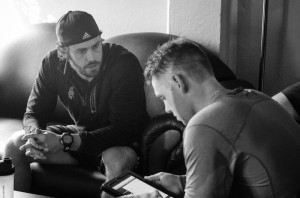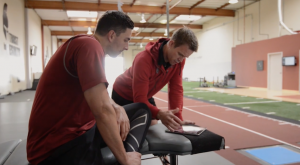
As a coaching staff at Sparta, transparency is our most important core value. We believe the unhindered flow of information and communication is the best way to grow as coaches, challenge each other to be better, and most importantly, support our athletes on their journey. To us, transparency means operating in such a way that it’s easy to see what steps are being taken with an athletes development, and why. We find that this type of openness is he best way to hold ourselves accountable to our athletes.
The growth of data creation and collection in our industry has unfortunately not coincided with a concurrent increase in transparency. In a lot of cases, the sheer amount of data limits it’s ability to be shared and comprehended effectively. Our coaches work tirelessly to share our athletes’ data with them and make sure they understand what they are good at, but also the ways they need to improve. The goal with all of our athletes is to create a lasting relationship founded on trust, and we believe open communication is the key component of building that solid foundation. The reality is that athletes often get worse before they get better, so being completely transparent allows us to fight athletes’ fear in those cases.

So what do we actually show our athletes in relation to their force plate scan? From a practical standpoint it doesn’t make sense to show the athletes the raw data collected from the force plate. Without a framework to understand all that data, it would be far too confusing. Instead, we created the Sparta Scan, which is a graphical representation of the data collected form the scan. They can see how their scans have changed over time, and the Sparta Scanhas become a touchstone for where they are athletically, whether it’s during the off-season or a competition period or season. Immediately after an athlete has scanned, they are shown their results. They review their Scanwith a coach who reinforces how it relates to their sport, injury risk and personal goals. The beauty of the scan is that it is simple enough that the evaluation takes less than 2 minutes.
The results are stored in our database so athletes can access them at any time them with our mobile app. The app is also used to log training results during workouts. In this case, trust is a two way street since we have to trust they won’t be texting or doing something on their phone that would distract from their training.
The best way to get trust is to give it first.